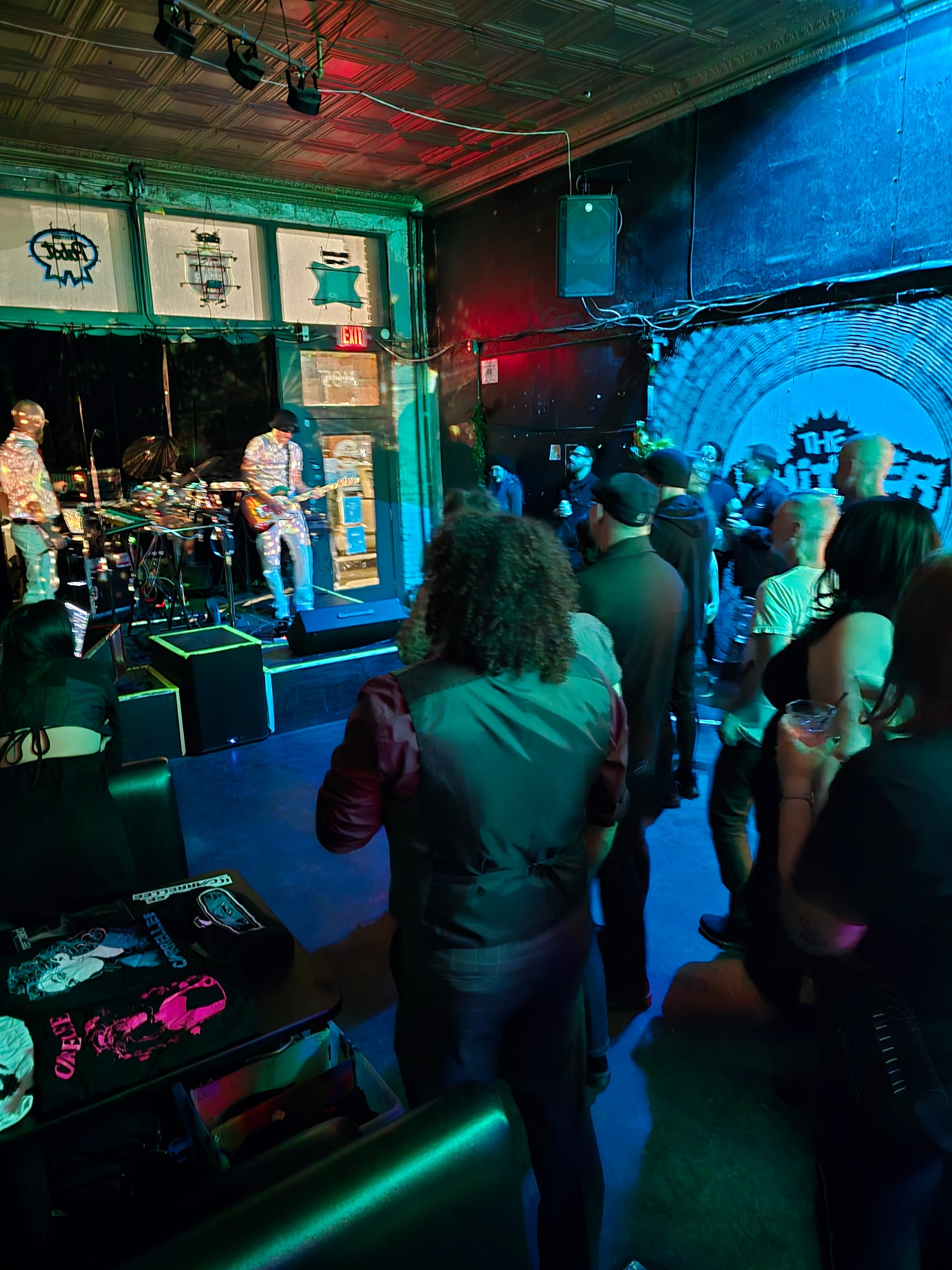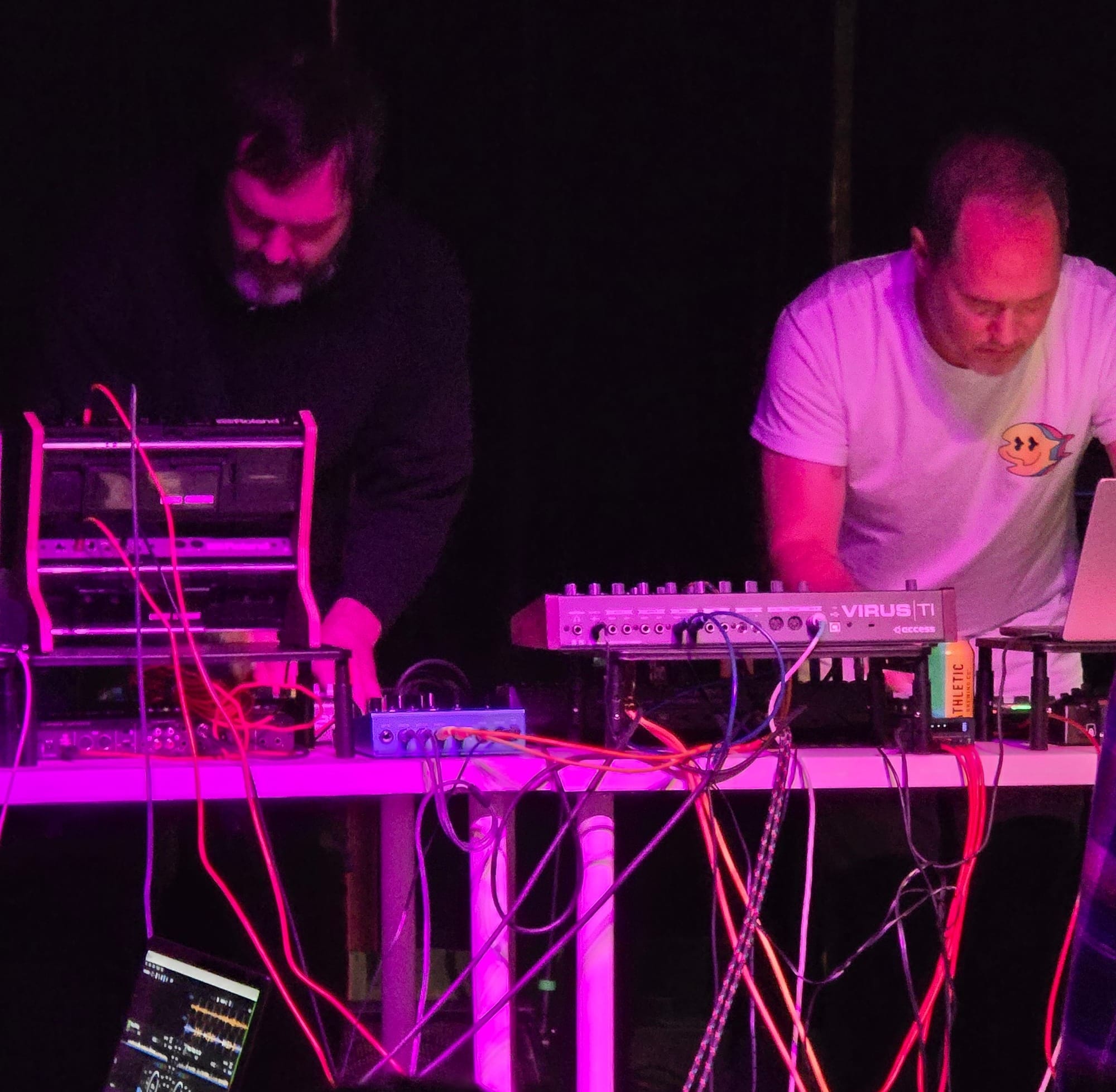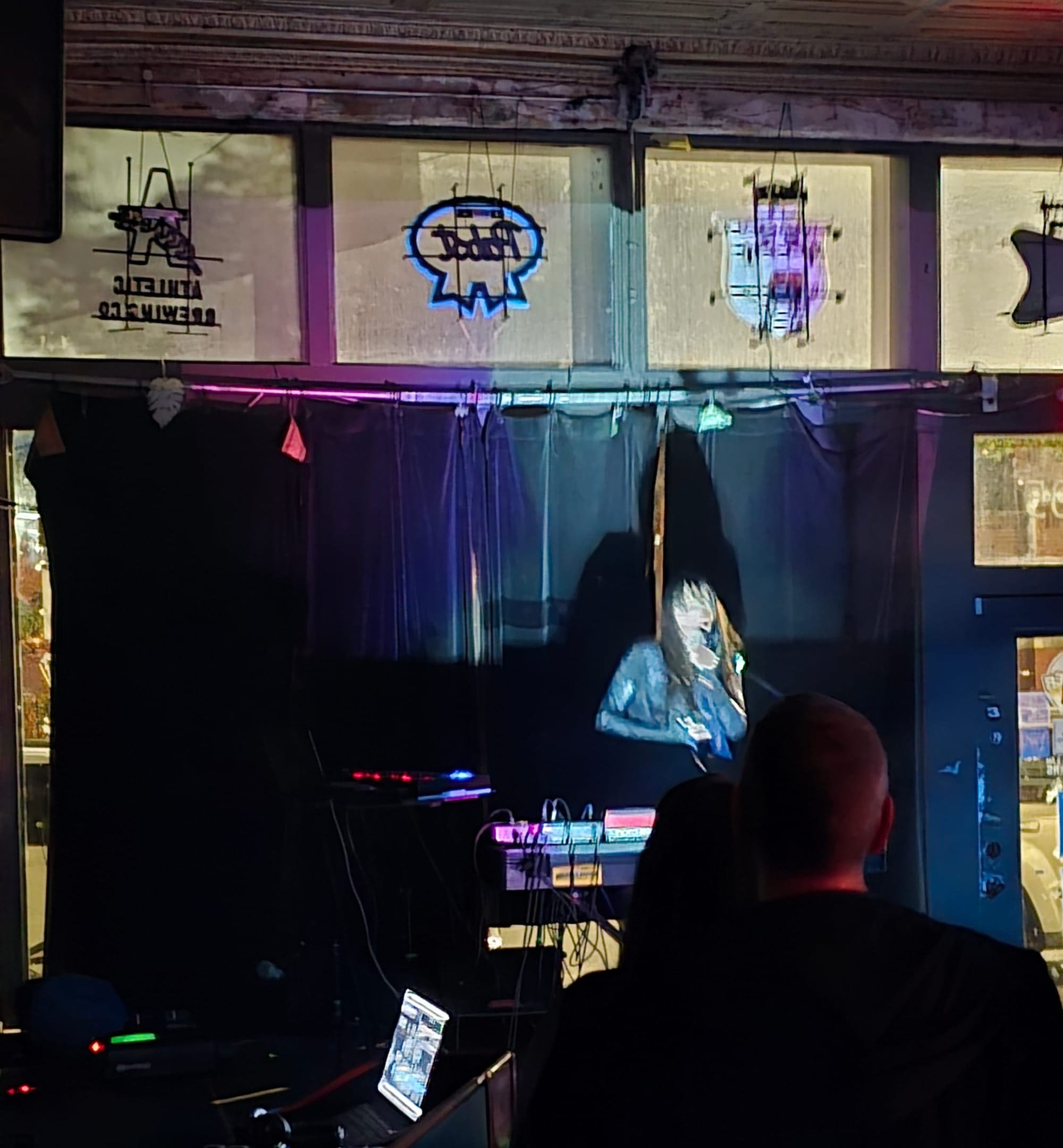Carrallee, Body Optics & Red Red Groove
Whittier Bar
November 13, 2024
In the wake of the election earlier this month—with a pro-wrestling magnate nominated to head the Department of Education, a vaccine “skeptic” with brain worms directed to “go wild on health,” and the prospect of unaffordable food in the shadows of exorbitant tariffs—indications abound that Dark Ages 2: Electric Boogaloo is on the horizon. As The Guardian’s Moira Donegan put it, “We are plunged into an anticipatory grief.”
In early-16th-century France, the average peasant was similarly not having a very chill time. It was the ass end of the historical Dark Ages, with the coming Renaissance still worlds away from their precarious lives and nary a revolution in sight.
So what did those French peasants do? They danced.
The Dancing Plague of 1518 saw 50-400 people fall into nonstop dancing, presumably under stress-induced mass hysteria. Tradesmen were directed to offer their guild halls as dance floors, while the crown and clergy were baffled.
At Whittier Bar last Wednesday, we did the same, with a dark dance and goth night that, under our own looming autocracy, brought the medieval Danse Macabre to the top of my mind.
The evening consisted of Tulsa’s Red Red Groove and Body Optics, headliner Carrallee from Madison, Wisconsin, and DJ Majda spinning between acts. Red Red Groove are a local legacy group with roots in the industrial and synth-rich music scene of the late ‘80s. Their set evoked the fog-machined halls of SRO, Club Ikon and other legendary Tulsa venues I’ve only experienced through vicarious reverence.

One half of Red Red Groove, Mike Castle, has hosted The Starlite’s weekly karaoke since the bar’s inception. Whittier has created an excellent space for local and touring goth acts, but Starlite embodies the culture. Owned by longtime scene fixtures and event planners Rob and Lynn Robertson, the bar hosts Dead Disco atop its ouija board dance floor—in a room with a coffin onstage—every Saturday. Rob and Lynn are not without a sense of humor, however; a Google review decrying their establishment as a “gae bar” led to official Starlite merch emblazoned with the intended insult.
But make no mistake: goth is gae. Fringe cultures have long served as safe spaces for those outside the purview of “normality.” Brad Metcalf of Tulsa’s Strangers in Mirrors (“sad synths and darkwave”) played a show at Vanguard the night before and made it known on social media that Trumpism has no place in his vicinity, or within goth in general. And it’s not just “goth”: myriad music genres that shelter under goth’s black umbrella take such a stance. Belgian New Beat, Industrial, HINRG, and even the neon bounce of Italo Disco have all given quarter to queerness.

Carrallee took the stage after an extended set from DJ Majda. Under a spotlight, the singer crooned through dark synth scapes evoking the neon smoke of the Drive soundtrack. Obvious comparisons to Cocteau Twins and Kate Bush are accurate in regard to her lush voice, with her nods to ‘90s rave synths giving “danceable Fever Ray.” I looked for her accompaniment and discovered that, on top of having the stage presence of a mysterious pop star, she’s her own producer, too, with a drum machine and synths to her side.

And all throughout the night, people kept on dancing, fearing what may come but finding commonality in the music’s consistent pulse, a brief reminder of the Danse Macabre’s message: we all, oppressed and oppressors, are just dancing to our graves.





